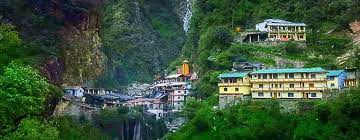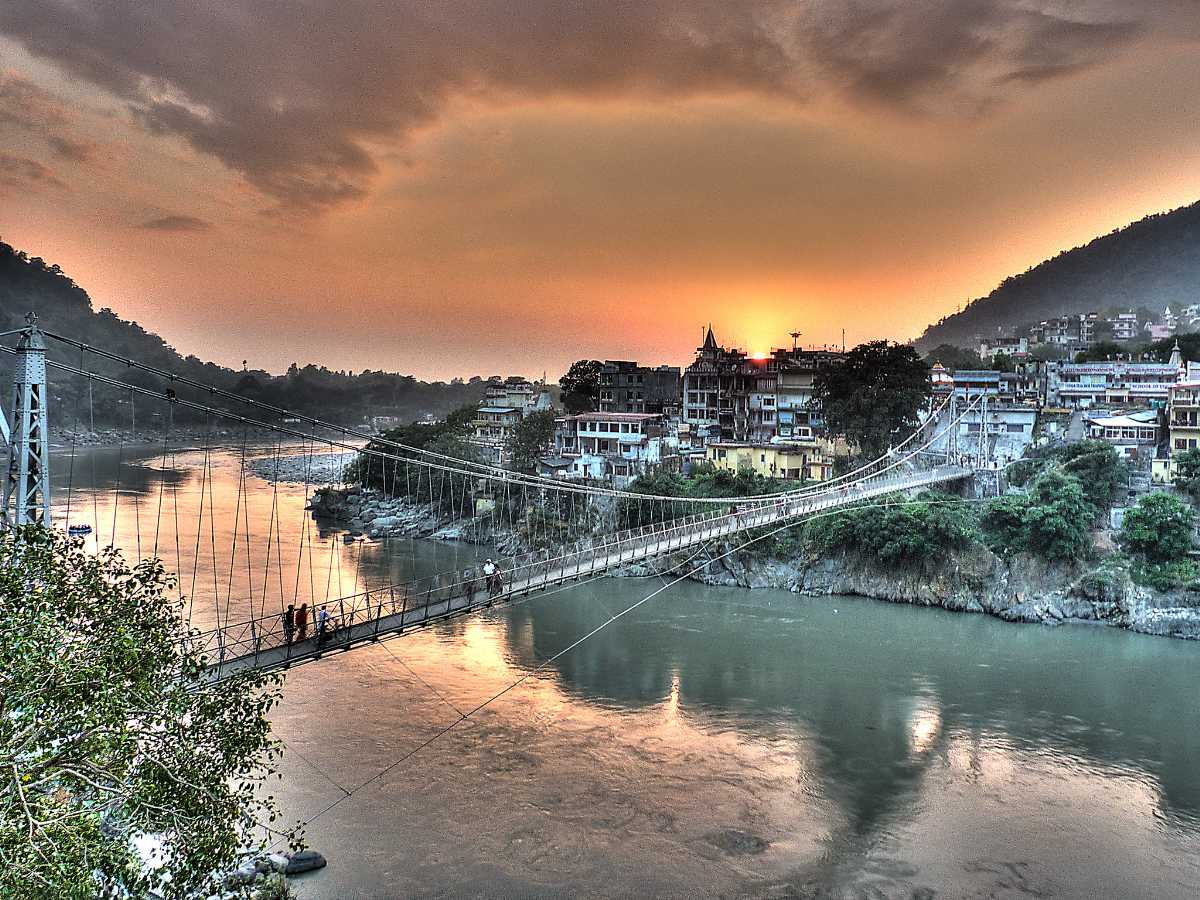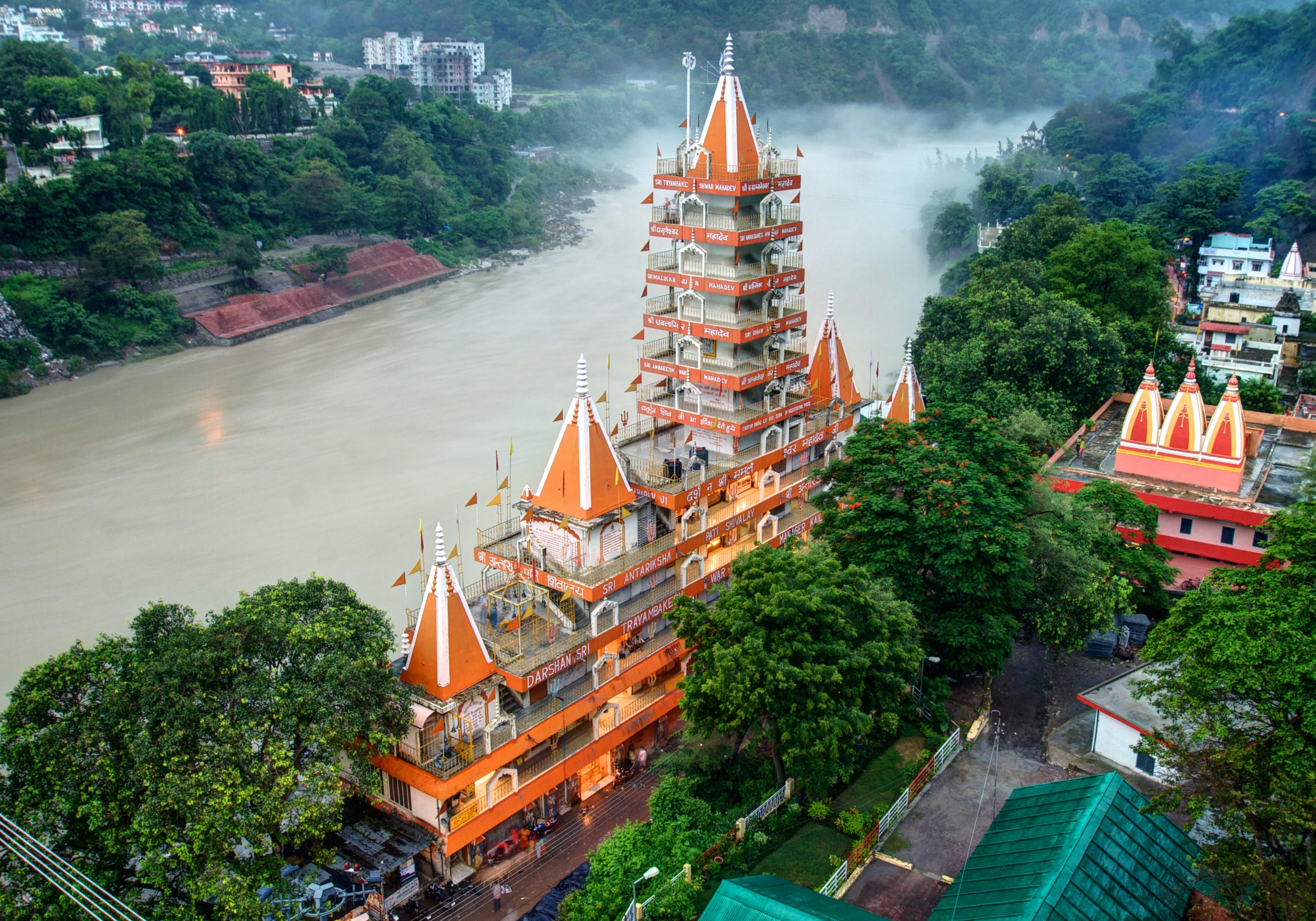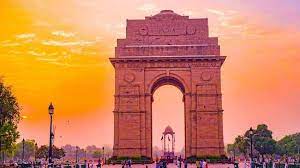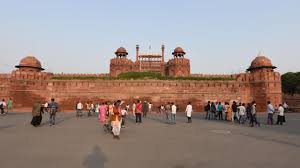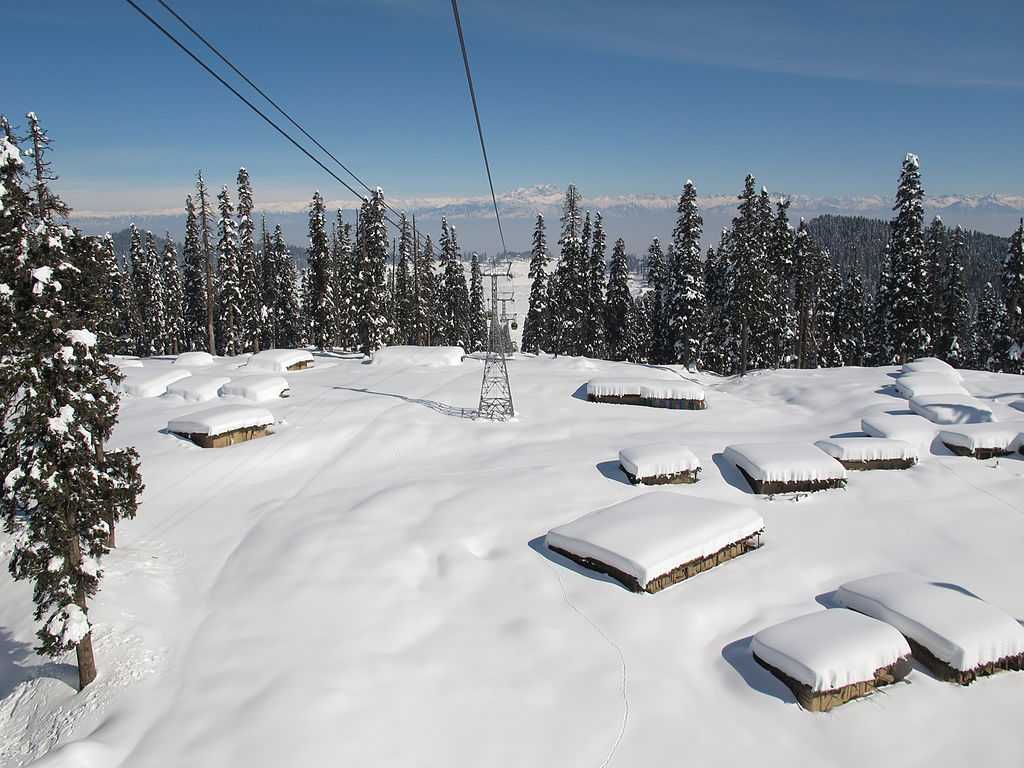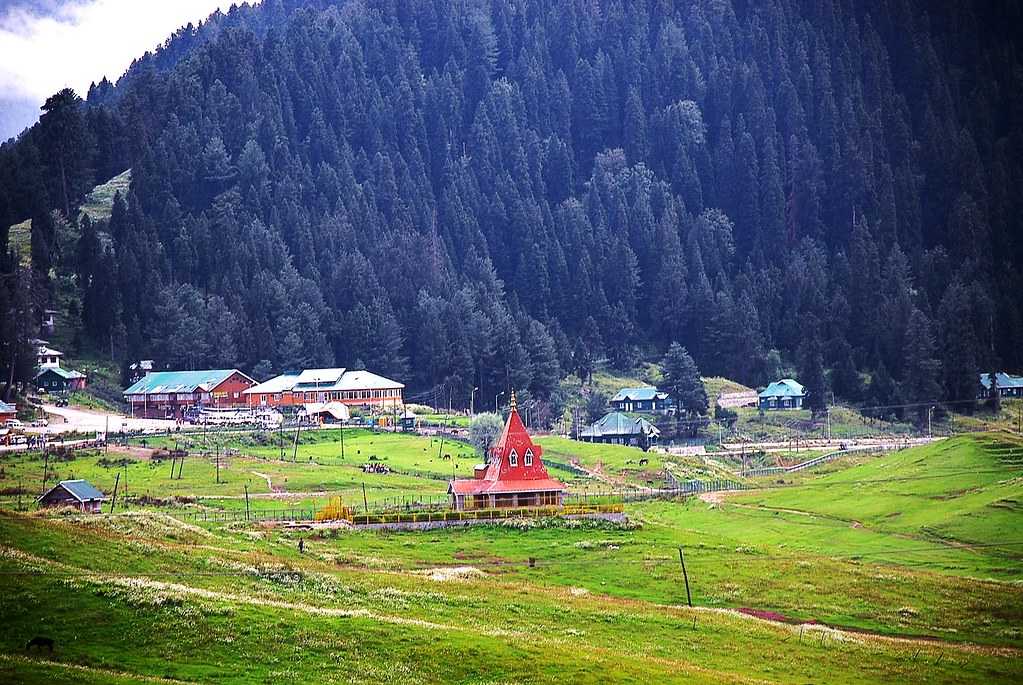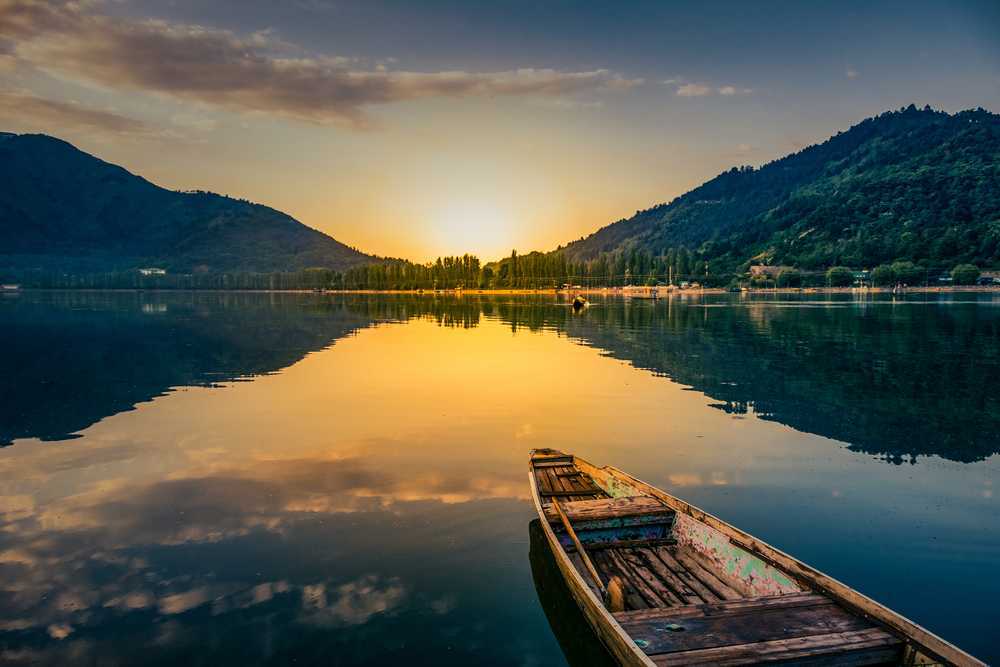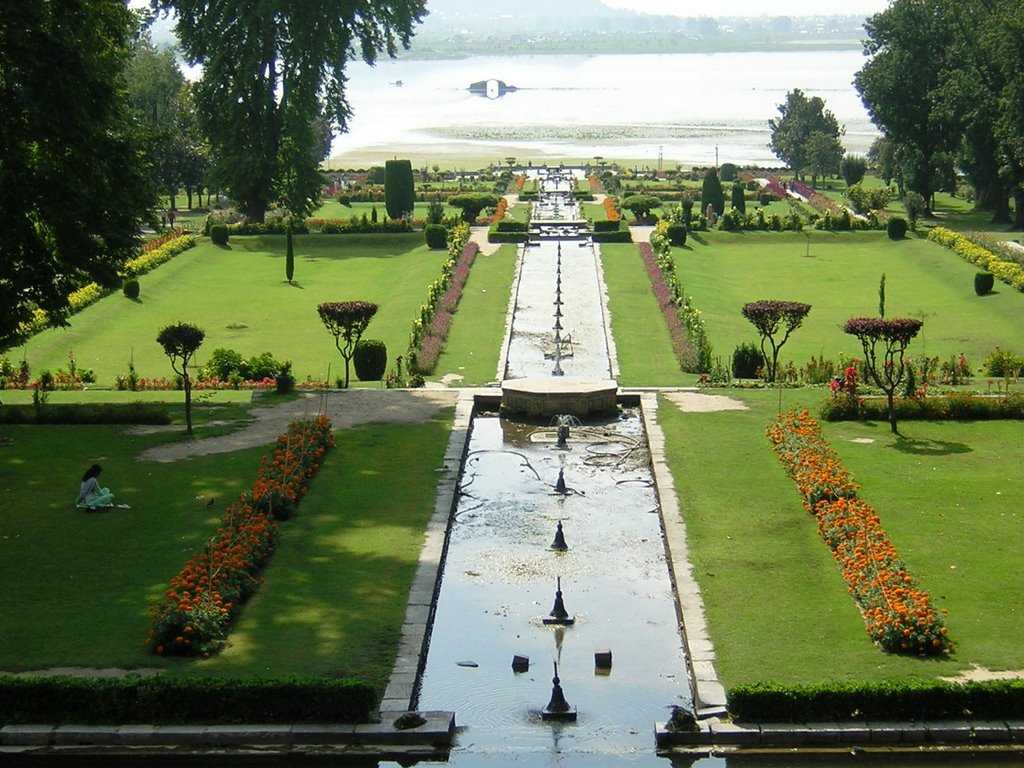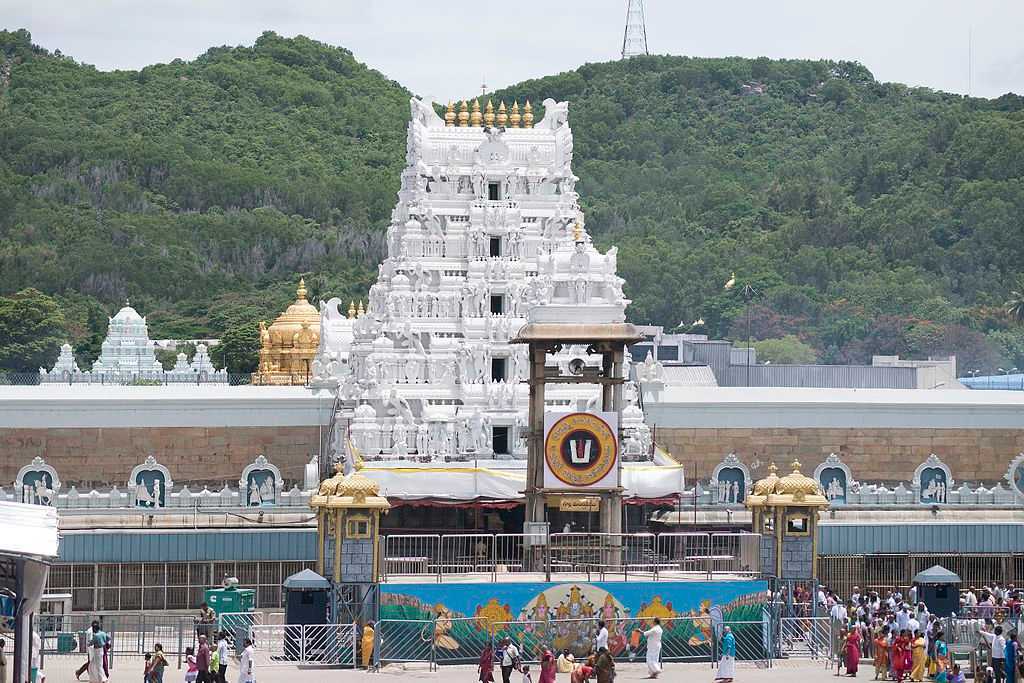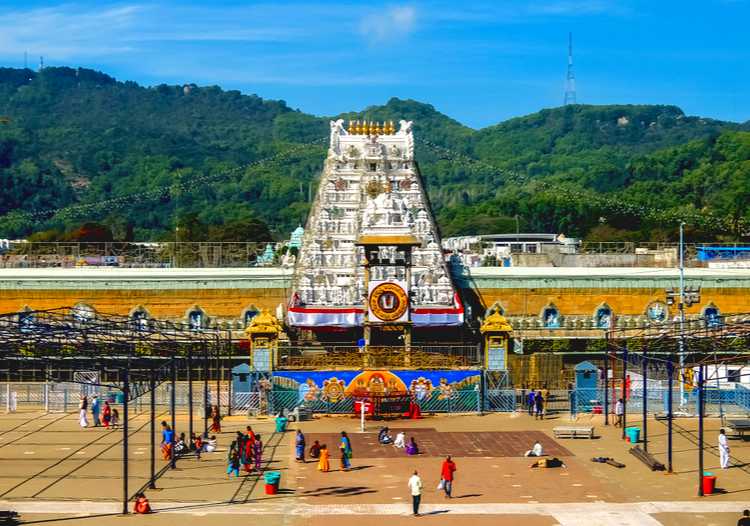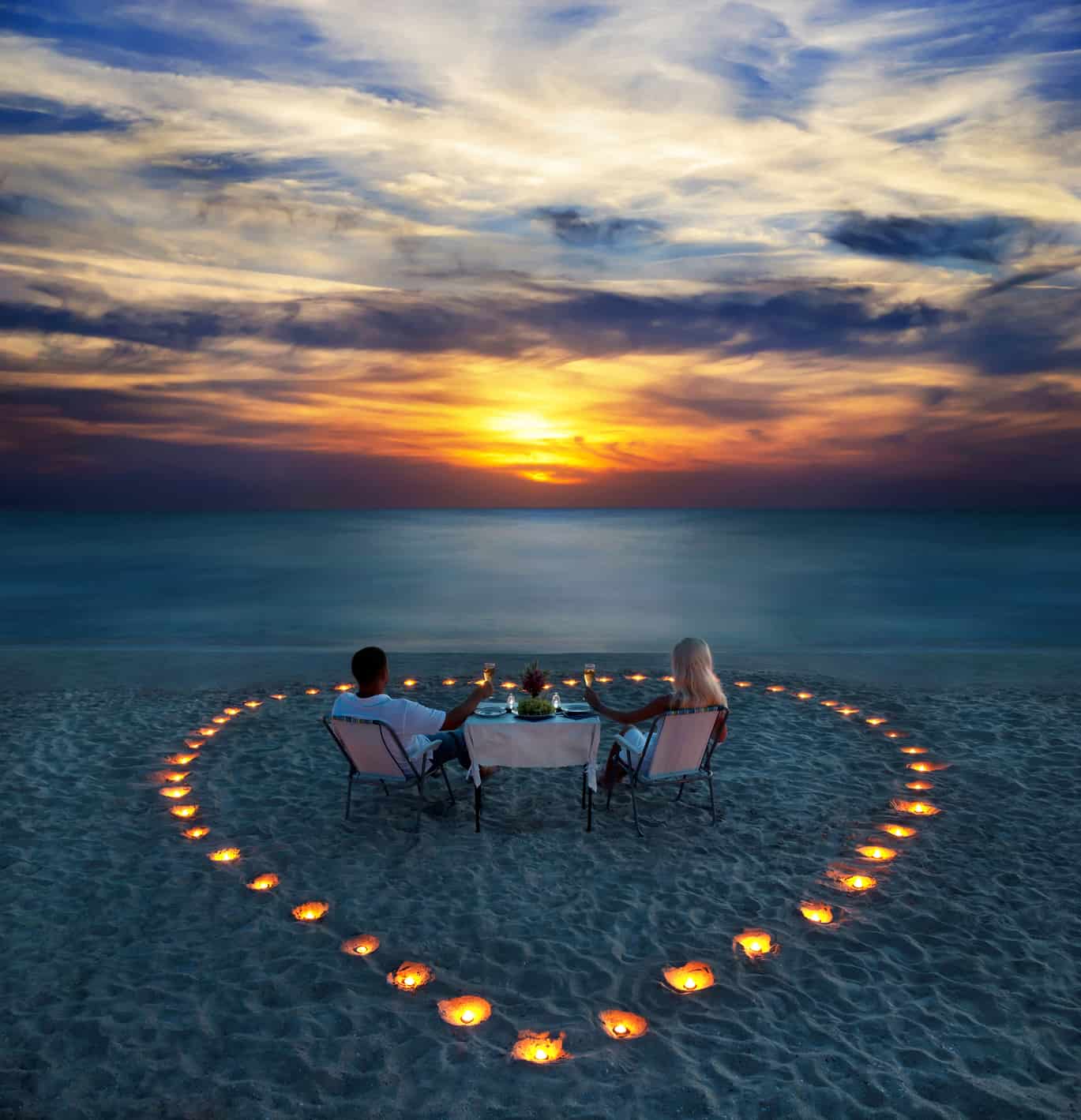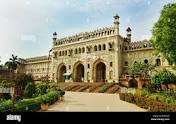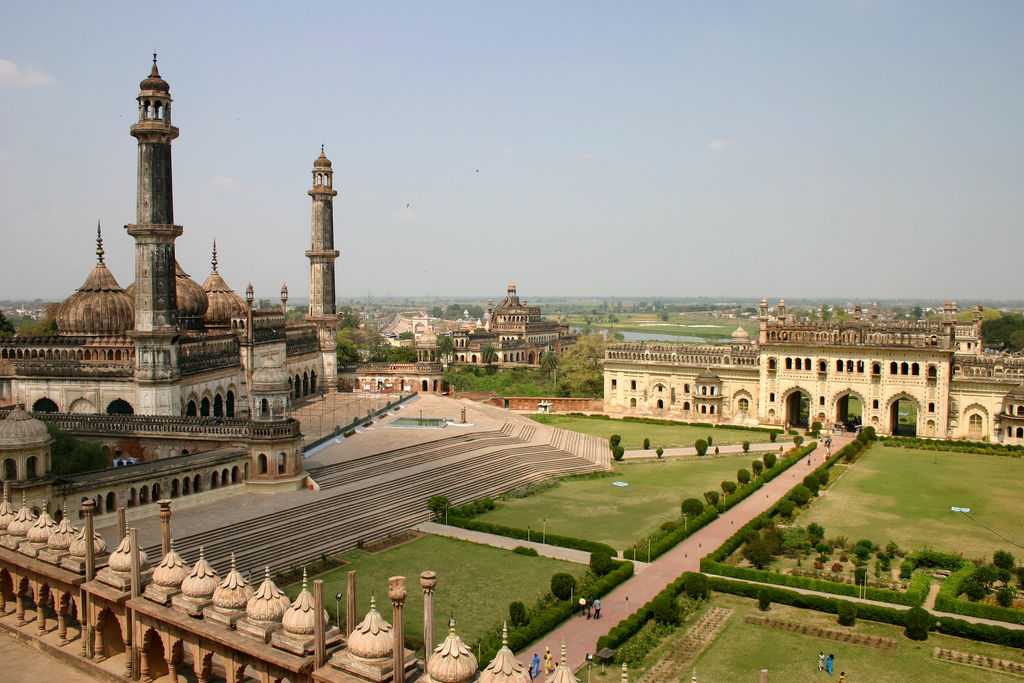Plan Chardham Yatra in Uttarakhand, one of the most popular pilgrimages (or Teerth Yatra) in Hinduism with our top-selling package. Devotees aspire to take this holy Char Dham pilgrimage once in a lifetime. This 11 days Chardham Yatra by car package from Delhi will take you to the holy shrines via Haridwar, another holy city in India.
Itinerary Details:
Day 1 - Delhi to Haridwar :-
Arrival at Delhi meet our representative and drive to Haridwar. Upon arrival check-in hotel. take some rest then......... If time permitting you can visit some sightseeing of Haridwar local places. Return back to hotel & dinner stay over night in hotel.
Day 2 - Haridwar to Barkot:-
After breakfast check out from hotel and proceed to Barkot via Dehradun & Mussoorie. En route visit Kempty fall. Upon arrival check in into the hotel, rest of the day is at leisure. Dinner and overnight stay at hotel at Barkot
Day 3 - Barkot To Yamunotri- Barkot (42 Kms & 5 Kms Trek) Each side
Morning leave for Janki Chatti via Hanuman Chatti & Fool Chatti. On arrival Janki Chatti start Trek of 06 kms form Yamunotri, On Arrive Yamunotri Holi Dip in Garam Kund, than Pooja and Darshan ofShree Yamunotri Ji, after Darshan and Pooja, afternoon start trek back to Janki Chatti on arrival Janki Chatti meet with driver and drive back to Barkot. Overnight stay at Hotel.
Day 4 - Barkot To Uttarkashi :-
Morning after breakfast Drive to Uttarkashi. Visit Vishwanath Temple & Others. Check in Hotel. Rest day at leisure. Night Halt.
Uttarkashi - Uttarkashi is a small and beautiful town, situated between two rivers; Varuna and Ashi, whose water flow into the Bhagirathi from either side of the town. Elevated, at a height of 1588 meters, this little town is very similar to Kashi and Varanasi, in that it has the same kind of temples and ghats and likewise, a north or 'uttar' facing river.
Day 5 - Ganganani- Gangotri Uttarkashi (120Kms / 05 hrs) round trip :-
With packed breakfast & post Tea/ Coffee leave for Gangotri early in the morning. Offering prayers & pooja darshan, later drive back to Uttarkashi , en route visit Gangnani & Harsil. Overnight stay at Uttarkashi.
Day 6 - Uttarkashi to Guptkashi :-
After breakfast check out from hotel drive to Guptkashi via Rudraprayag & Devprayag. Enroute you can see the beautiful river Ganga and Alaknanda River till Rudraprayag. The Mandakini river comes from Kedarnath, drive alongside the river to reach Guptakashi, visit Ardh Narishwar (Vishwanath) Temple in Guptakashi. Check into the hotel arrival in Guptakashi. Overnight stay at Guptakashi.
Guptakashi:- The name Gupt Kashi means “Hidden Benares. Mythology describes how when the Pandava brothers were searching for a glimpse of Shiva, Shivji first concealed himself at Guptkashi, but later fled from them further up the valley to Kedarnath, where the Pandavas finally got their wish fulfilled. There are more tangible connections as well-the Kedarnath pandas (priests) live in Guptkashi during the winter months, and after the Kedarnath temple closes for the winter, the image of Kedarnath passes through Gupt Kashi on its way to Ukhimath (across the valley), where it stays for the winter. Guptkashi Weather – pleasant in summer, the temperature ranges from 25-30 degree Celsius. Cold in winters.
Day 7 - Guptkashi to Kedarnath Sightseeing :-
By Helicopter: Morning our driver will transfer you to your prebooked Helipad. After Back our car will drop you at Hotel for rest. (note: helicopter ticket is not included in this package)
By Trek: Though it is difficult to go up and down from Sonprayag on the same day by trek. But it can be done if you take ponies or helicopter while going to Kedarnath. Do coordinate well with driver, as due to parking issue driver cannot stay at Sonprayag also network issue is also there.
Kedarnath: The Kedarnath shrine, one of the 12 jyotirlingas of Lord Shiva, is a scenic spot situated, against the backdrop of the majestic Kedarnath range. Kedar is another name of Lord Shiva. According to legend, the Pandavas after having won over the Kaurava in the Kurukshetra war, felt guilty of having killed their own brothers and sought the blessings of Lord Shiva for redemption. He eluded them repeatedly and while fleeing took refuge at Kedarnath in the form of a bull. On being followed he dived into the ground, leaving his hump on the surface.
The remaining portions of Lord Shiva appeared at four other places and are worshipped there as his manifestations. The arms appeared at Tungnath, the face at Rudranath, the belly at Madhmaheshwar and his locks (hair) with head at Kalpeshwar. Kedarnath and the four above-mentioned shrines are treated as Panch Kedar. Kedarnath Weather – Due to its high altitude the weather in Kedarnath remains cold for most part of the year.
Summer here is cool and pleasant while winter is severe. During summer season the temperature varies around 20°Celsius. Light woolen wear is recommended. Winter season in Kedarnath is severe with mercury falling to as low as 0°Celsius. During this time the place experiences snowfall as well. Due to the extreme climatic conditions, this time is usually avoided by tourists.
Day 8 - Kedarnath To Guptkashi :-
After Breakfast Check out From hotel and Proceed to Guptkashi .. Arrive here Enjoy Your Ddinner and Night Stay at hotel...
Day 9 - Guptkashi to Badrinath :-
Morning after breakfast, drive to Badrinath. Check in to the hotel arrival in Badrinath. Pilgrims after having a bath in the Taptkund have the Darshan of Badrivishal & Aarti in the evening. Brahamakapal is significant for Pinddan Shraddh of ancestors (Pitrus). There is another interesting sightseeing spot like Mana, Vyas Gufa, Maatamoorti, Charanpaduka, Bhimkund, and the “Mukh” of the Saraswati River. Just within the three km of Badrinathjee. Overnight stay at Badrinath.
Badrinath one of the ‘Ancient Four Dhams’ is one of the most celebrated pilgrimage spots of the country and is situated at an elevation of 3,133 meters, guarded on either side by the two mountain ranges known as Nar & Narayan with the towering Neelkanth Peak providing a splendid backdrop. This revered spot was once carpeted with wild berries. Thus the place got the name “Badri van”, meaning “forest of berries”.
Tapt Kund : Natural thermal springs on the bank of the river Alaknanda, where it is customary to bathe before entering the Badrinath temple.
Mana Village : Inhabited by an Indo-Mongolian tribe, it is the last Indian village before Tibet.
Vasundhara : As the name suggests, Vasundhara is a magnificent waterfall. This place is 5 km. from Badrinath out of which 2 km. is motorable up to Mana.
Badrinath Weather: The average maximum temperature will be around 18° Celsius and the average minimum is 8° Celsius. Warm and woolen clothes are hence required for a stay in Badrinath throughout the year. Winter in Badrinath is often accompanied by snowfalls. Winter is very chilly with an average temperature of 5° Celsius. Due to the extreme climatic conditions, this time is usually closed for tourists.
Day 10 - Badrinath To Rishikesh Sightseeing :-
Morning After a delicious breakfast, Ready to visit Ram Jhula, the suspension bridge (750 ft) over River Ganges that connects Sivananda Ashram to Parmarth Niketan, Gita Bhawan and other holy sites. Also visit the sacred Triveni Ghat, the confluence of ganga, Yamuna and Saraswati rivers, where you can witness the 'Maha Aarti' dedicated to goddess Ganga in the evening. Then return to the hotel and get a good night's rest.
Day 11 - Rishikesh to Delhi Departure :-
Morning after breakfast check out from Hotel and visit to local market and Drive To Delhi departure (Railway Station / Airport) with Happy Tour Memories of Travel India Services.

